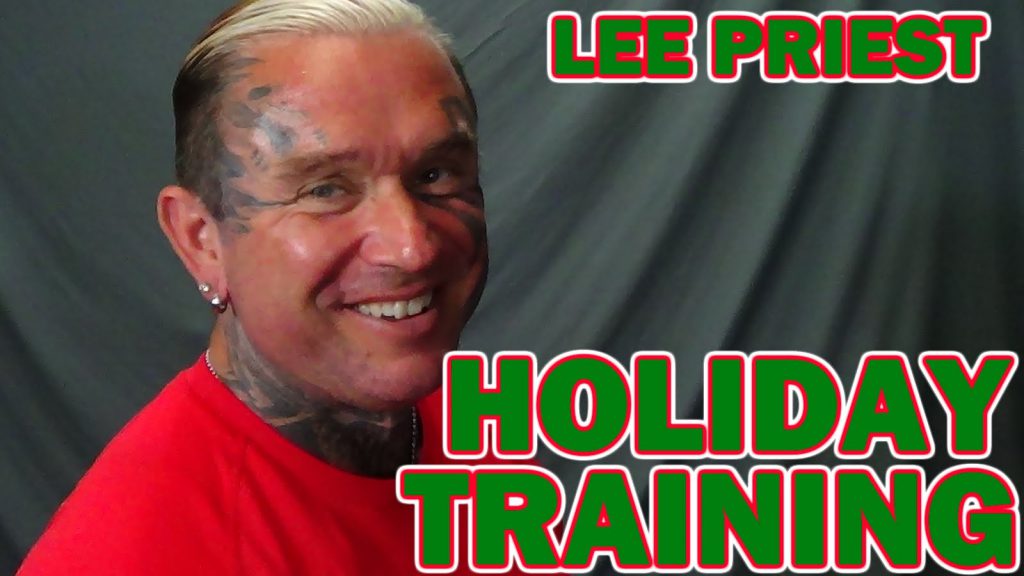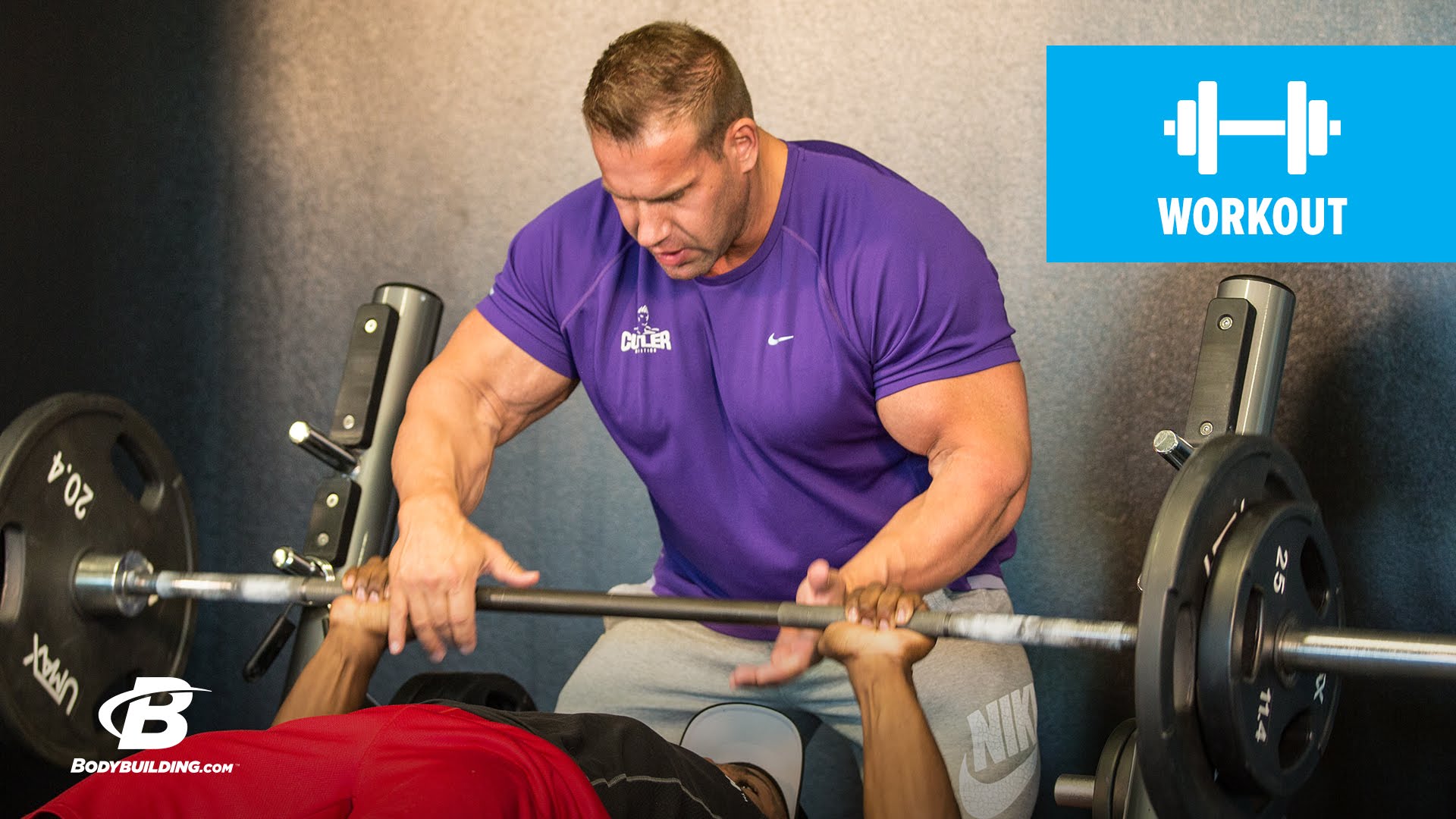How to Build Big Pecs – Bench Pressing is NOT a ‘Magic Bullet’
Nearly every bodybuilding “expert” on the Internet tells you the same thing with regard to advice on “how to build big pecs.” Most of it sounds something like this:
“In order to build bigger muscles, you need to train heavy. You can work out with more weight while bench pressing for bigger pecs than you can while doing isolation movements, such as flyes. Therefore, heavy bench pressing is an absolute must as a cornerstone exercise for building big pec muscles.”
That’s what they’re telling you. Yet any close look at the goings-on in gyms around the world can reveal a different story; they’ve all got their group of guys doing set after set of bench presses who have little to show in terms of pectoral development. Additionally, any close look at the world of power-lifting can clue us in. Power-lifters can perform heavy bench presses like no one else. Yet many of them have pectoral development that resembles that of a 12-year old kid (with a bit more hair).
What is the real answer to the ‘how to build big pecs’ question? Here’s my advice based on 25 years of experience with exclusively natural bodybuilding:
First… Realize that “heavy” is a ‘relative term’
When someone gives you an overly generalized piece of bodybuilding advice like “train heavy”, it might be time to ask yourself whether he’s playing with a full deck or merely assuming that you’re not. “Heavy” in what context? “Heavy” compared to what? The term “heavy” is a relative one if there ever were any.
Let’s start with the issue of context. If you can do bench presses with 200 pounds for six repetitions and you’re straining on the sixth rep – that’s a heavy weight for you on bench press. If you perform dumbbell flyes in place of the bench pressing and can only use a fifty pound dumbbell in each hand for a demanding six reps – well, that’s heavy too, in the context of isolating your pectoral muscles. Are you not training “heavy” on the flyes due to the fact that they can’t be done with the weight of the bench presses? That’s silly. Your pectoral muscles are working damned-near all by themselves to get those dumbbells through the flye movements. The bench presses comprise merely more weight being moved with the aid of muscle groups other than your pectorals – namely your deltoids and triceps.
Secondly, let’s talk “heavy” in a comparative sense. If you weigh 130 pounds, dumbbell flyes with 35 pound dumbbells might be heavy. To a bodybuilder weighing in at 230 pounds, 80 pound dumbbells might be usable for a workout, albeit “heavy.” The focus of relativity within the context of the comparative for successful bodybuilding should only be toward how heavy the weight will be when you’ve reached your muscle building goals as compared to what it is in the present.
So, don’t let a generalized “train heavy” from a ‘muscle head’ allow you to mistakenly think that YOU are the mental lightweight (pun overload).
‘How to Build Big Pecs’: Well-executed flye movements
It’s surprising that self-appointed bodybuilding “experts” on the Internet are getting away with asserting that the answer to ‘how to build big pecs’ lies in using bench pressing as a cornerstone exercise. All that’s required is a little knowledge of bodybuilding history to know that bench pressing is often not the best prescription for bigger pecs. I perused a classic article by pro bodybuilder Scott Wilson back in 1987 in which he explained how he never acquired any appreciable pectoral size until he dumped the bench pressing in favor of strict and heavy flyes.
And what of the opinion of the late Vince Gironda – “trainer to the stars” and owner of the famous Vince’s Gym? He maintained that regular flat bench pressing to the chest was nearly useless for pectoral development. Vince hypothesized that using a wider grip on bench presses and bringing the bar down to the neck (directly above the shoulders) is the only way to make pressing into a stimulus for chest development.
Personally, ‘bench pressing to the neck’ always provided me better pectoral stimulation than the conventional method. However, it’s tough on the shoulders – even while using a Smith Machine.
For this reason (among others), I recommend going the Scott Wilson path if you’re having trouble with pectoral growth. Strict, heavy, well-executed flye exercises can be a ‘how to build big pecs’ wonder movement if done with attention to detail within both form and the larger workout formula.
Using Flye Movements to Build Bigger Pectorals
If there’s one major key to ‘how to build big pecs’ by utilizing flye movements, it’s performing the flyes with proper form. Too often, bodybuilders default from strict execution of these movements to one resembling a combination between a flye and a pressing exercise. They do this by hinging at the elbow area (even ever so slightly) at the mid-point of dumbbell flye exercises where maximum force could have otherwise been called upon by the outer pectorals. This tends to reduce stress on the target area, much to the added physical comfort of the trainee while being a detriment to possible chest development.
If you want bigger chest muscles, resist the temptation to hinge at the elbows and make the entire movement occur at the front of the shoulders. Only bend the elbows slightly (to prevent hyper-extending the joint) and keep that bend from increasing as you go through the arcing movement of each repetition. Do not lower the arms below the horizontal plane at the bottom of the movement. Attempt to ‘squeeze’ the pectorals at the top of the movement with each repetition. Try to arch your back slightly and stick your chest out a little with each positive rep – as opposed to “sinking” the chest in order to eke out the repetitions with less demanded effort.
If the typical “how to build big pecs” advice (i.e. “heavy bench pressing”) has left you flat, I suggest you give heavy dumbbell flyes a try. When combined with an optimal bodybuilding workout/recuperation strategy, you’ll likely be pleased with the… bulbous results.
How to Build Big Pecs – Bench Pressing is NOT a ‘Magic Bullet’ by Scott Abbett




